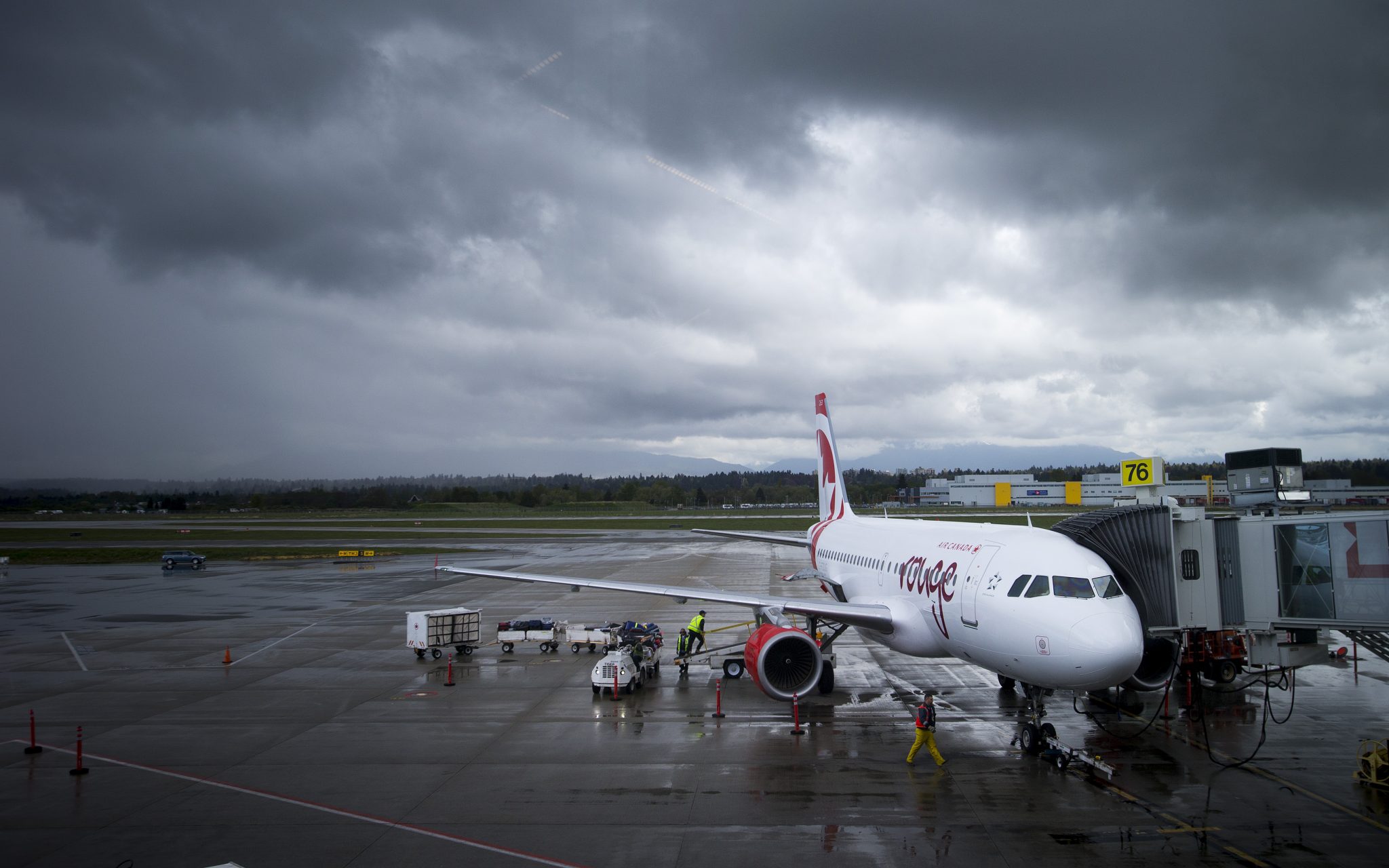Faced with sharply declining revenues due to COVID-19, the Canadian aviation industry is taking a major hit. From airlines to airports and aerospace companies throughout the supply chain, all are facing challenges to their bottom line, and potentially their survival. Some targeted government relief has been announced for certain groups in the industry, but with grim forecasts ahead, many in the sector are calling for the federal government to do more to help.
“We need the Canadian government to act like the United States has, like many countries in Europe, like Singapore, and step up to the plate and provide the financial assistance that is needed to safeguard the well being of the air transport sector, and even more expanded, the travel and tourism sector,” said Peter Cerdá, regional vice-president for the Americas at the International Air Transport Association (IATA).
IATA is asking the government for a number of actions, including stimulus spending, suspension of NAV Canada navigation fees, deferral of the fuel excise taxes and ground rent for six months, lifting of fines for transporting inadmissible passengers, and more.
Like Mr. Cerdá, The Air Transport Association of Canada, which represents smaller airlines such as Porter and SunWing, and the National Airline Council of Canada, which represents larger airlines such as WestJet and Air Canada, have both called on the federal government for direct support.
The aviation industry employs thousands of Canadians and is responsible for billions of dollars in GDP contribution. It has a “huge impact on the economy because of everyone employed by airlines and airports and within the supply chain,” said Ian Lee, professor and MBA director at Carleton University’s Sprott School of Business.
Airlines in Canada employ around 60,000 people, according to data from Statistics Canada’s civil aviation survey. The airline industry contributes around $49-billion to Canadian GDP, including an estimated $19-billion from tourists, according to the International Air Transport Association.
The aerospace industry is composed of producers of aircraft and other aviation-related equipment along with those who service the machines. It includes the civil aviation, space, and the defence sectors. According to a joint federal government-industry report, in 2018 the Canadian aerospace industry directly employed 89,500 people and contributed $13.1-billion to Canada’s GDP. Canadian suppliers to the aerospace industry contributed $7.2-billion to GDP and employed 70,700 people.
According to a 2016 study by the Canadian Airports Council, airports were directly responsible for 194,000 jobs and $19-billion in GDP. The same study reported they were indirectly responsible for 99,000 jobs and $10-billion in GDP.
Unlike the United States and many countries in Europe and Asia, including Norway and Singapore, the Canadian federal government has yet to announce direct financial support for the airline industry. The $2-trillion relief package that became law in the U.S. on March 27 earmarked around $58-billion for the airline industry in the form of loans, loan guarantees, and grants to pay workers. Airlines that accept the relief will be barred from laying off or furloughing workers until Sept. 30. Further restrictions include preventing airlines from buying back shares for a year after the loan is paid, and issuing dividends to shareholders while receiving aid.
Prof. Lee said he believes the Canadian airline industry will need a bailout of some sort. “We need to sustain these companies so that when the crisis is over, we will have an airline industry. Otherwise, if the government does not step in, these companies will vanish,” he said.
“I’m not being apocalyptic. You have essentially zero revenue coming in for months on end, and you’ve got very large indebtedness because it’s a capital intensive industry,” Prof. Lee said. “Their costs go down when they lay people off, but they have multi-billion dollar debts that have to be paid for the planes that are sitting on the ground doing nothing right now.”
Indebtedness is only part of the problem facing the airlines industry. Airlines have a high percentage of fixed and semi-fixed costs that cannot be avoided in the short term, according to a recent IATA study…



